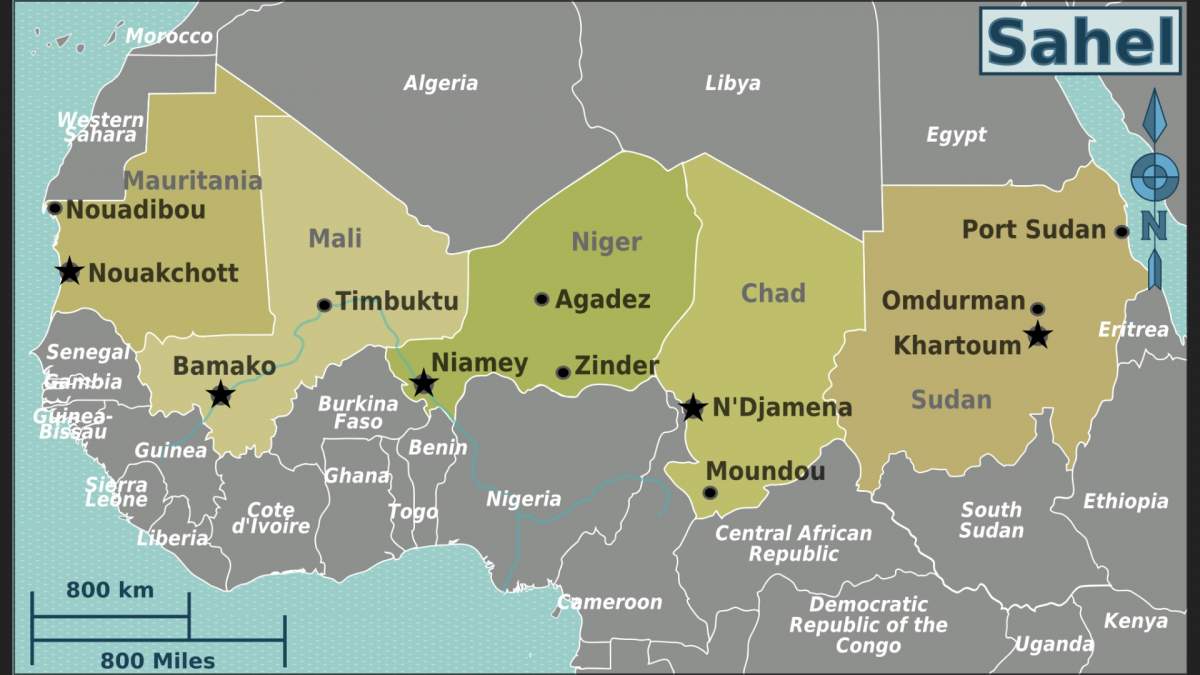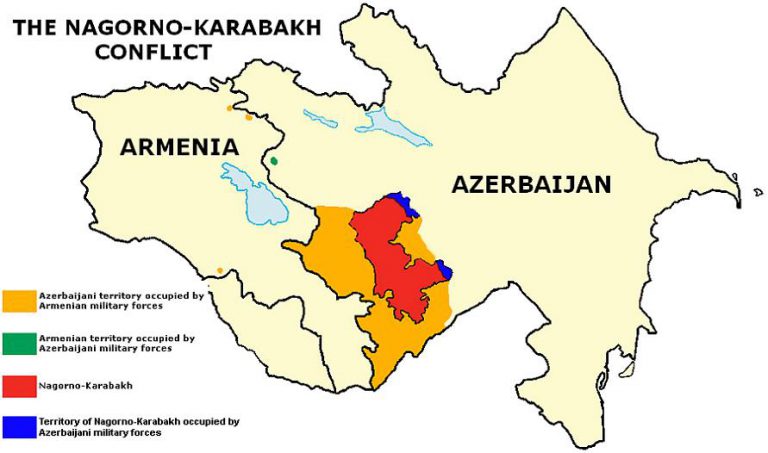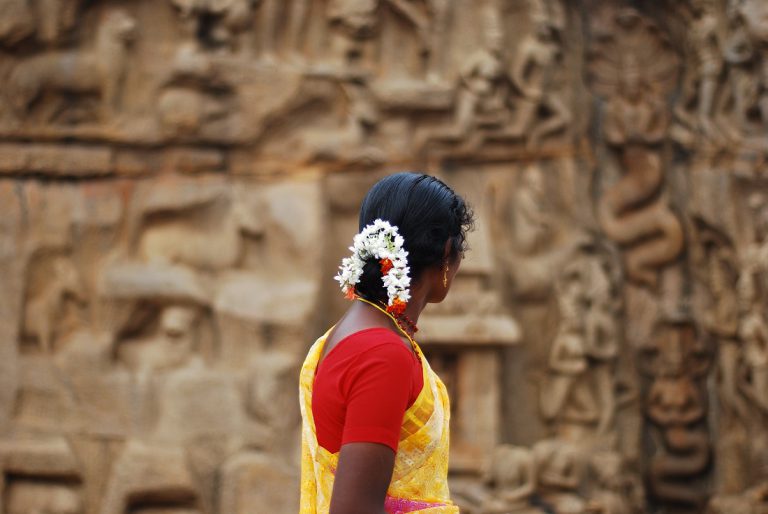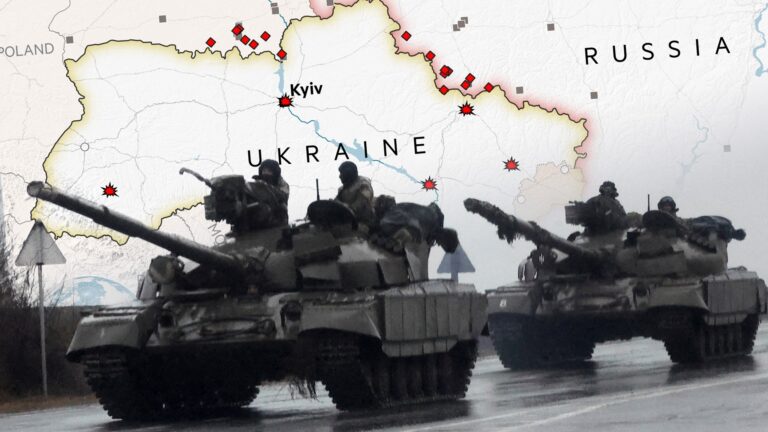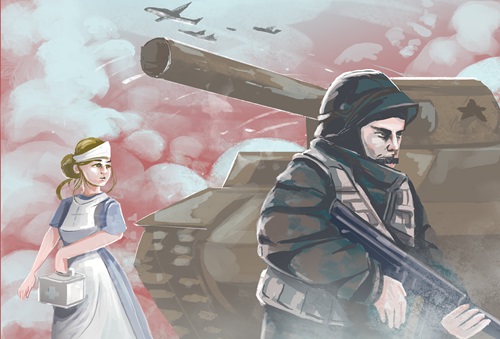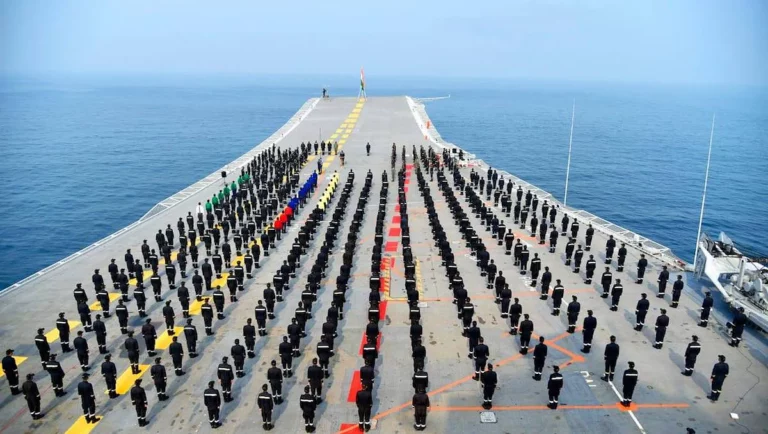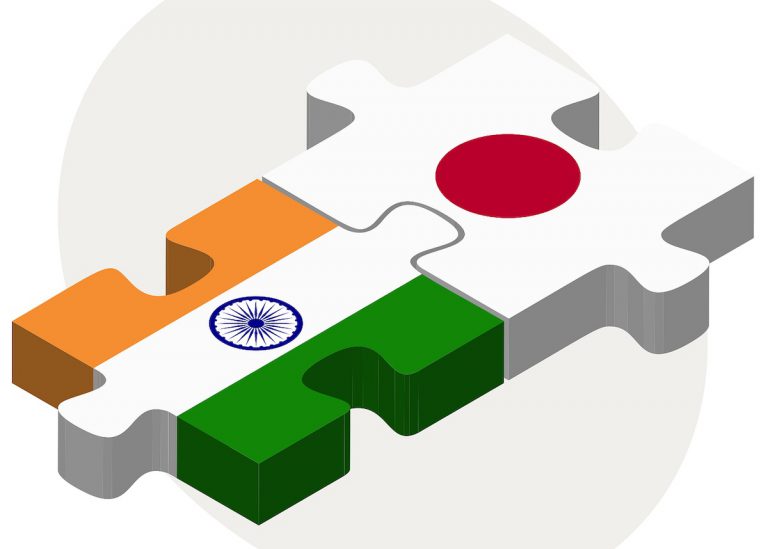The SAHEL standoff: Islamic State vs Al-Qaeda
Prashant Kandpal is a Security professional having experience in Hydrocarbon industry and International financial firms in the field of Security/Geopolitical Intelligence, Counter-terrorism and Crisis Management.

The Western Sahel region of the African continent has become an infighting battleground for jihadist groups competing for hegemony over the region. In May, the Islamic States (IS) in its newspaper Al-Naba, revealed its clashes with Al-Qaeda affiliates. IS has blamed Jamaat Nusrat al-Islam wal-Muslimin (JNIM) an Al-Qaeda affiliate for initiating the fierce fights and mobilization of forces to capture IS dominant area. Since last year there has been a surge in the attacks conducted by these groups against each other. Much to the surprise, some mainstream reports are claiming operational and organizational cooperation between both the groups, though there is no evidence to support this. Other than the two major players Islamic State in Greater Shahra (ISGS) and Al-Qaeda in Islamic Maghreb (AQIM), there are many other small terror outfits and tribal militias that are present in a fragmented pattern all over the region. A recent trend in the region shows that because of lack of resources and funding members of these small terror outfits and tribal militias are defecting to major players of the region. This trend of defection is helping terror outfits like IS and Al-Qaeda to increase their strength in the region. The Sahel region is currently experiencing a surge in the terrorist activities, in addition to the porous borders between countries, looming international support and social exclusion of rural areas are making the situation worse. This only emboldens the major players in the region and their game of locking horns for territory, resource and support.
The history of AQIM is deeply rooted in the Algerian Civil War of 1992. During the 1992 Presidential elections, the Front Islamique du Salut (FIS, Islamic Salvation Front) was coming up as a winning party. In order to prevent an Islamist party winning the election, the military staged a coup and cancelled the second round of the parliamentary election. In response, the FIS’ Islamic extremists advocated a full-fledged war against the Algerian regime and formed an Islamic armed group Armee Islamique du Salut (AIS), with an approximate strength of 4000 terrorists. Certain Islamic extremists who didn’t support FIS, merged with various jihadist guerillas and formed a group known as Groupe Islamique Armé (GIA, Islamic armed group), with a strength of around 2000-3000(approx).
In October 1992, many of such groups loosely held with no central command initiated a terror campaign against the Government, to which the military responded with a brutality which led to the civil war. From 1992-1998 Algeria was engaged in the fierce fight between rebels and the Government forces, this led to casualties of around 150,000 people most of them civilians. The internal conflicts among groups and befitting response from the Government forces crumbled various terror groups into local outfits. In the end, many terror groups negotiated with the Government and others who didn’t comply fled the country and took refuge in the deserted area of northern Mali. In 1998, Hassan Hattab, who was the commander of one of the fragmented GIS formed his own organization the Groupe Salafiste pour la Prédication et le Combat (GSPC, Salafist Group for Preaching and Combat). Eight years later the leadership of GSPC feared jihad declination plugged themselves into the global realm by making links with Al-Qaeda and further pledged public allegiance to Bin Laden in September 2006 and a few months later they renamed them as Al-Qaeda in Islamic Maghreb. In 2015, Al-Mourabitoun, a local salafist outfit, earlier an offshoot of AQIM re-joined it after an internal conflict. In 2017, AQIM announced the formation of Jamaat Nusrat al-Islam wal Muslimeen (JNIM) after merging Ansar Al-Dine and Al-Mourabitoun. JNIM currently is working under the direction of AQIM and Al-Qaeda central.
In 2015, when the top brass of Al-Mourabitoun was thinking of reconciling with AQIM, a splinter group under the leadership of Adnan Abu Walid al Sahrawi pledged their allegiance to Islamic State. He left the group and formed the Islamic State in Greater Sahara (ISGS). However, the call was left unheard by IS leadership for a long period. It was after 17 months that IS officially accepted their allegiance and acknowledged ISGS as their affiliate in the African continent. There are many speculations as to why IS took over a year to declare ISGS as their affiliate officially.
One of them could be the decline of the Islamic State’s area of influence in Syria and Iraq that forced them to search for a new base. The Sahel in particular with porous borders, poor governance and a large ungoverned space was the best option for a new home. Boko Haram, a salafist-jihadist terror outfit earlier has maintained their closer ties with AQIM. But in 2015, Abubakar Shekau, leader of Boko Haram, pledged allegiance to ISIS. Further, ISIS leadership got in conflict with Abubakar over unilaterally announcing Abu Musab al-Barnawi as a new leader of Boko Haram under ISIS. This led to the split in the organization and members pledging their loyalty to both Abubakar (Boko Haram) and Barnawi (ISIS, Islamic State in West Africa).
Over the years, many small rebels groups and tribal outfits are in the race of plugging themselves with the international brands of terrorism. For terror outfits like AQ and IS, this was a chance to expand their territory. To take out a maximum of it, AQIM initially formed a triangular strategy, under which North Africa (Maghreb) was their recruiting hub, Iraq served as a battlefield for recruits and Europe where AQIM wanted to pursue aggressive propaganda against France. But with the declining influence of Al-Qaeda in Iraq, AQIM was unable to implement the strategy it envisaged. With its inability to execute the strategy, AQIM started targeting global targets in their own environment. On the contrary for IS, this came as a chance to gain a foothold without any obstruction after they collapsed in the middle-east. One reason of AQ and IS choosing the Maghreb as their base could be the local militias, who thrive in a region with little or no governance, and lack of resources generally led to inter-tribal conflicts that can be further exploited by providing them support in the form of their daily basic needs and thereby by spreading the organization’s ideologies. Also for local militias, plugging themselves with the larger groups helps them with funding and weapons. Presence of a weak army can also be a reason for the expansion of terror groups. The Sahel nations were never engaged in any sort of war with each other, and because of this, political brass never considered security enhancement a serious matter until now.
Since the beginning of 2020, there has been a surge in the conflict between ISIS and Al-Qaeda in the Sahel region. Natural resources, hegemony, internal conflicts are few reasons for the growing strife, but they are not the only reasons, a series of local, regional and international dynamics have led to the change in power balance that has put the cordial relationship under tension. In the Sahel, both the groups have blamed each other for deviation from the path of jihad; ISIS has always blamed Al-Qaeda for being lenient while Al-Qaeda blames ISIS for being more brutal than needed. Both groups have ideological differences and different perceptions as to whom they see as their enemies; this creates a difference in their modus operandi. While on the one hand, Al-Qaeda in the Sahel stresses on the fight against the Government, bureaucrats and foreign forces and not to harm fellow Muslims, on the other ISIS believe in Takfirism and allows its members to kill Muslims who doesn’t follow the essential tenets of Islam. ISIS ideological teachings are more focused towards building dogmatic fighters who are committed to their cause of establishment of the Caliphate.
Lack of resources in the region have forced these terror groups to capture the areas where they can sustain; this has created a common area of operation and has led to many internal clashes between the groups. The area of influence of both IS and Al-Qaeda affiliates overlaps each other in the strategic areas, and this generally creates tensions between both the groups. In the first quarter of 2020, a largely peaceful relationship between both the organization has turned into intense and deadly confrontations, both groups have clashed with each other in the inland Niger Delta area, around Mopti, Mali which traditionally has been under the control of JNIM an Al-Qaeda affiliate; in the Gourma area on both sides of the Mali-Burkina Faso border where both groups have existed peacefully until 2020; Ndaki, In-Tillit, and Tin-Tabakat (Mali) and Korfu-Ouey-Ouey, Arayel, Arbinda, Nassoumbou, Pobé (Burkina Faso). In terms of strength AQ affiliates heavily outnumbered the IS-affiliates in the region and this is the reason why JNIM an AQ affiliate has maintained its dominance over the conflicted area despite the number of attempts from ISGS and their initial success. As of May 2020, JNIM has not only taken back their territory in the Malian Gourma but has also shaken ISIS traditional strongholds in the Soum Province of Burkina Faso and has also maintained their dominance in the regions around Delta Niger.
The Sahel region has traditionally been dominated by Al-Qaeda and its affiliates and has a stronghold in almost the whole region. With a long past in the region, they have always been in the target list of the Government forces. While the rise of ISIS in the region was non-linear, firstly ISIS took a year and a half to officially recognize ISGS and secondly due to their collapse in the Middle East, pouring wealth in the Sahel became difficult for them. Targeting IS has always remained paramount even for the regional governments also that’s because JNIM has been deep-rooted in the region and has kept their strategies more pragmatic. They had handled local tribal grievances to gain their support and also remained open for negotiations with the authorities. For this reason, ISIS has always been dominated by Al-Qaeda affiliates in the region.
The collapse of ISIS in the Middle-East diverted global attention to concerns of its resurgence; with an international response, ISGS suffered some intense Counter-terrorism operations during its initial phase in the Sahel. Currently, with the looming international support, the US decision to pull their forces back from the region has made conditions worse for the Sahel region. In upcoming days, with the lowering international support and continuous rivalry between these groups, will not only make the life of local villages tough but will also make these terror outfits more resilient. Their ongoing rivalry for hegemony will require more recruits to fight, more money, advanced weapons, more resources which will automatically lead to violent conflicts in the area. Countries in the Sahel region that are already suffering from poverty, decentralized governance, unemployment, tribal conflicts, make them a much vulnerable and easy target for these groups.
Featured Image Credits: Wikimedia


